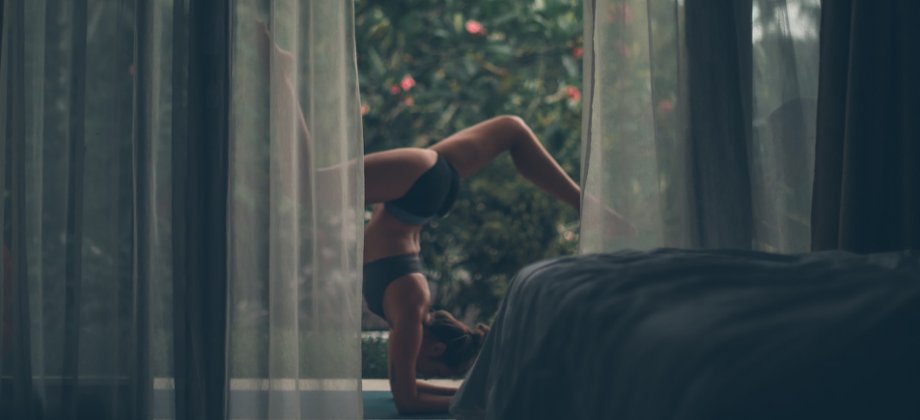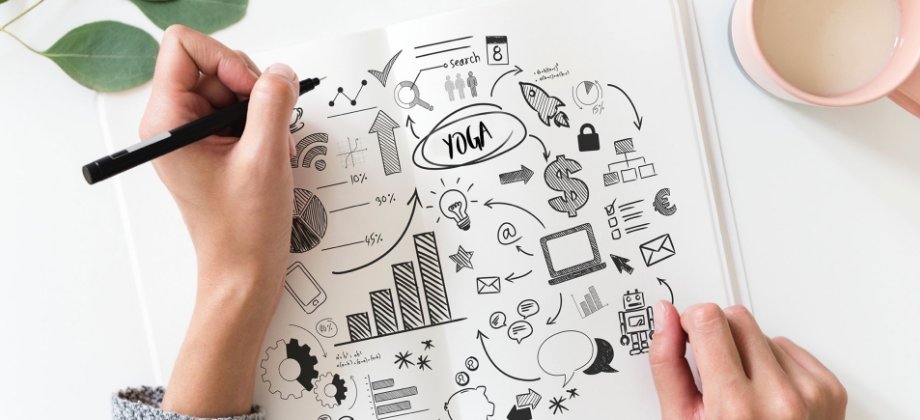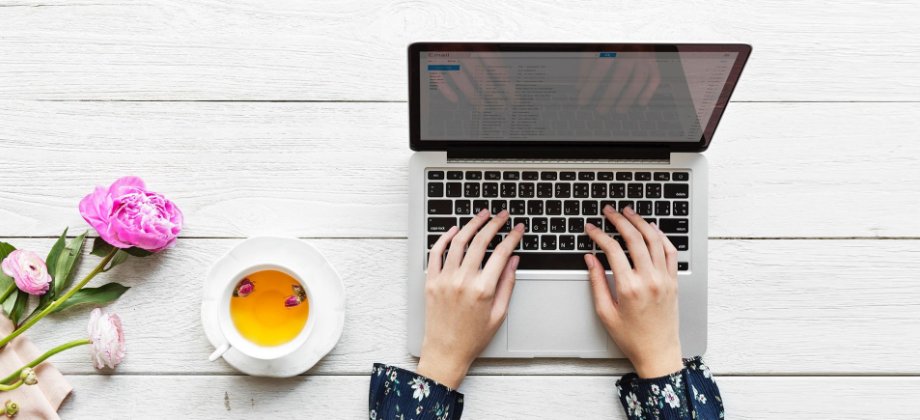
If There's One Thing I've Learnt This Year, It's That Adaptability is Vital
Physical yoga practice, over time, makes our bodies stronger and more flexible. Those two things combined create adaptability; it becomes easier to handle the challenges that life brings to our bodies, and to remain steady when the unexpected happens.
If there’s one thing I’ve learnt from this year, with the pandemic and all its related uncertainty, lockdowns, and unpredictable new government restrictions, it’s that we need to take the adaptability we gain from our practice on a personal level, and figure out how to apply it to our teaching businesses.
Things are changing, then changing again
Depending on where exactly you are in the world, your experience of Covid-19 has probably been a little different to mine. But for all of us, life has been changing all the time and at great speed — it’s difficult to know from one day to the next whether restrictions will be added or lifted, and whether we’ll be able to teach a class full of (physically distanced) yogis or return completely to the world of digital teaching.
So there’s no one way to make your studio, or yourself as a self-employed teacher, resilient to the crisis. There is no formula to follow that will guarantee you’ll be able to sustain yourself with this work a few months from now, or a year from now. All we’ve got to fall back on is adaptability and readiness to change how we work just as quickly as the world around us changes.
How can yoga teachers and studio owners make their businesses more adaptable?
As well as teaching yoga I’m a freelance writer, and a big part of my job for one particular client this year has been collecting research and data about the impact of Covid-19 on the beauty industry, to keep their content relevant to the current situation. The beauty industry is highly commercial, so that data is being collected and published by international analytics firms all the time — it’s much harder to find accurate data about how the pandemic is affecting yoga teachers and studios.
We can take those lessons from that other industry and apply it to our work as yoga teachers
What I’ve seen time and time again though, is that the (beauty) businesses that are staying afloat or even managing to grow this year are those that are ready and willing to listen to their audiences, adapt what they’re offering, and be creative about how to work around some of challenges the pandemic and our national and local governing bodies are throwing at us. We can take those lessons from that other industry and apply it to our work as yoga teachers; because although beauty businesses and yoga businesses are very different, those qualities apply to almost any kind of business right now.
Yes, yoga is much more than just an ‘industry’. But it’s still important for yoga professionals to acknowledge that they are business owners as well as yogis, and work on making their businesses viable and sustainable. That feeds into the rest of your life — your wellbeing, your mental health, your freedom to take a day or two off each week and recharge.
So, what can we do to make our work as yoga teachers more adaptable and crisis resilient?
Self-care
Remember that YOU (and your colleagues or employees, if you have them) are the centre of your business. Weave self-care into each day as best you can, and take the time you need to stay well. If you’re burnt out you’ll find it much harder to adapt. Your health and wellbeing isn’t separate from your work — it’s crucial to your work.

Curiosity
Focus on curiosity. Ask your students questions, regularly: how are they? What do they need? What do they want? What are they lacking in? What do they feel they’ve lost? What do they crave? How could their yoga classes serve them better? As things continue to change, don’t be afraid to ask the same questions again and again.
Creativity
And then on creativity: how can your work fulfil some of those needs, or ease some of those losses? If your students are feeling the loss of social connection, for example, how can you build that into your classes — either in-person or online? If they want to stick with online classes for a while but the format you’re currently offering isn’t quite meeting their needs, what could you try doing differently?
Third party services
Take the pressure off by using third party services that are just as committed to adapting to change as you are. I’m talking about booking and management systems in particular — if you’re having to change what you’re offering and how you’re offering it on a regular basis, support from a system like Momoyoga can cut out a lot of admin. For example, the recently launched Pay-What-You-Can feature means you can offer flexible-rate yoga classes without having to manually keep track of loads of different types of bookings and payments.
Trying new things
Be open to new things. To new technology, to new class formats, to new ways of cultivating connection and support. When everything around us is in flux it’s easy to feel resistant to change; but sit with that. Notice it. Consider whether that resistance — if it comes up — is useful in this moment, or whether it’s creating an extra obstacle for your business. And perhaps most importantly, remember that you can try something without committing to it forever. If it’s not working for you or your students, let it go and try something else.
I like to think that this period of time will soon be a strange memory. Who knows; but even if so, it’s likely that things won’t go back to exactly how they were before any time soon. Learning to be adaptable now will help yoga businesses well into the future — with challenges we can’t yet even imagine, as well as the ones we’re facing today.






